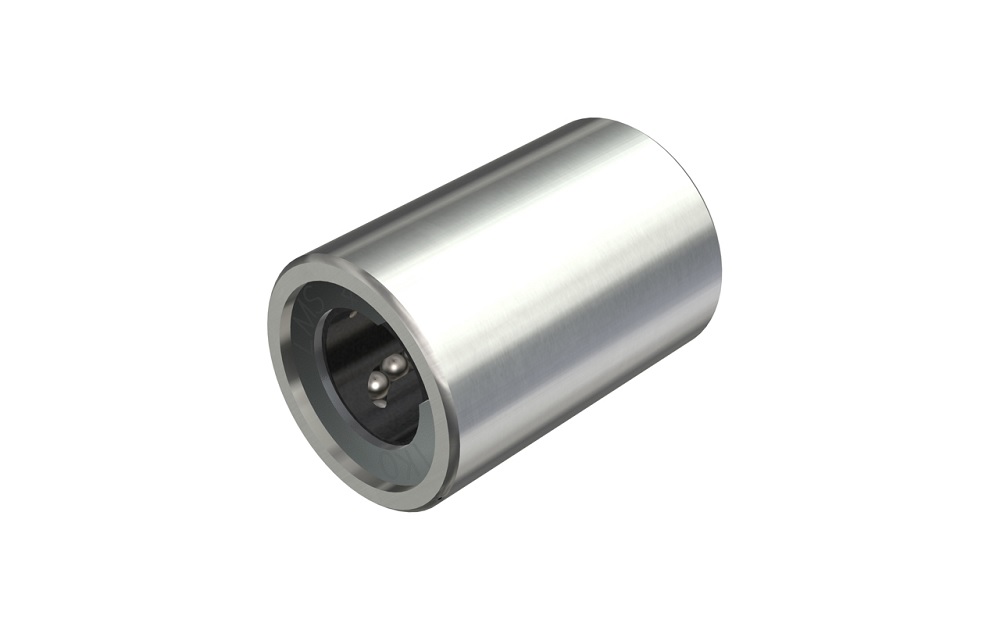
Linear guides and motion products are essential components in activities such as assembling pieces of machinery and locating and automating transfers. The three main kinds of guides are as follows:
- Slide Guide
- Linear Bushing Shs
- Oil Free Bushing
What Is The Difference Between Various Linear Bushings?
Firstly, all three bushings are different as per their load handling capacity. In the case of bushings like Liner Bushing SHS and Oil free bushings, machines using these types of bushings usually move on both extreme ends of a shaft and hence can deform a shaft.
The load capacity is not a big concern if a linear motion (vertical) is used. The company can ignore it and focus on other essential aspects. The slide guides usually have remarkable load holding capacity compared to oil-free and Linear bushing SHS.
The second most important differentiating factor is the performance of the bushings based on the friction coefficient. In the case of linear oil-free bushing or linear bushing, SHS higher friction happens because two surfaces consistently slide with one another.
Low friction results in insufficient frictional focus, which requires low turning torque. And as a result, the rotary motion is turned linear without any inconvenience or extra effort. On the other hand, if there is higher friction, it results in a higher frictional force, and this requires high thrust force. In such cases, it is recommended to use a linear cylinder.
How Do You Choose The Suitable Linear Bushing?
Choosing a suitable linear bushing might seem like a confusing process. However, it always depends on certain factors, such as:
- Figure out whether or not linear bushings will be the ones bearing the force, and depending on that, choose a bushing.
- See the amount of space available on the surface on which the bushing needs to be affixed.
Other Factors To Remember While Selecting Are:
- The Linear Bushing is the one that needs to be affixed firmly on the surface/housing
- It is the one moved by the air cylinder into the shaft. Hence, ensure that the design is highly compact and uses straight linear bushing in such a scenario.
- It all depends on the design. The movement of linear bushing SHS depends entirely on the shafts. If the shafts are moving, bushings are in a fixed position. However, the bushings are in movement if the shafts are stationary. Go for the flanged-shaped bushing in case the linear bushing is in motion. And, opt for a straight bushing with a stopper plate for a stationery linear bushing SHS.












